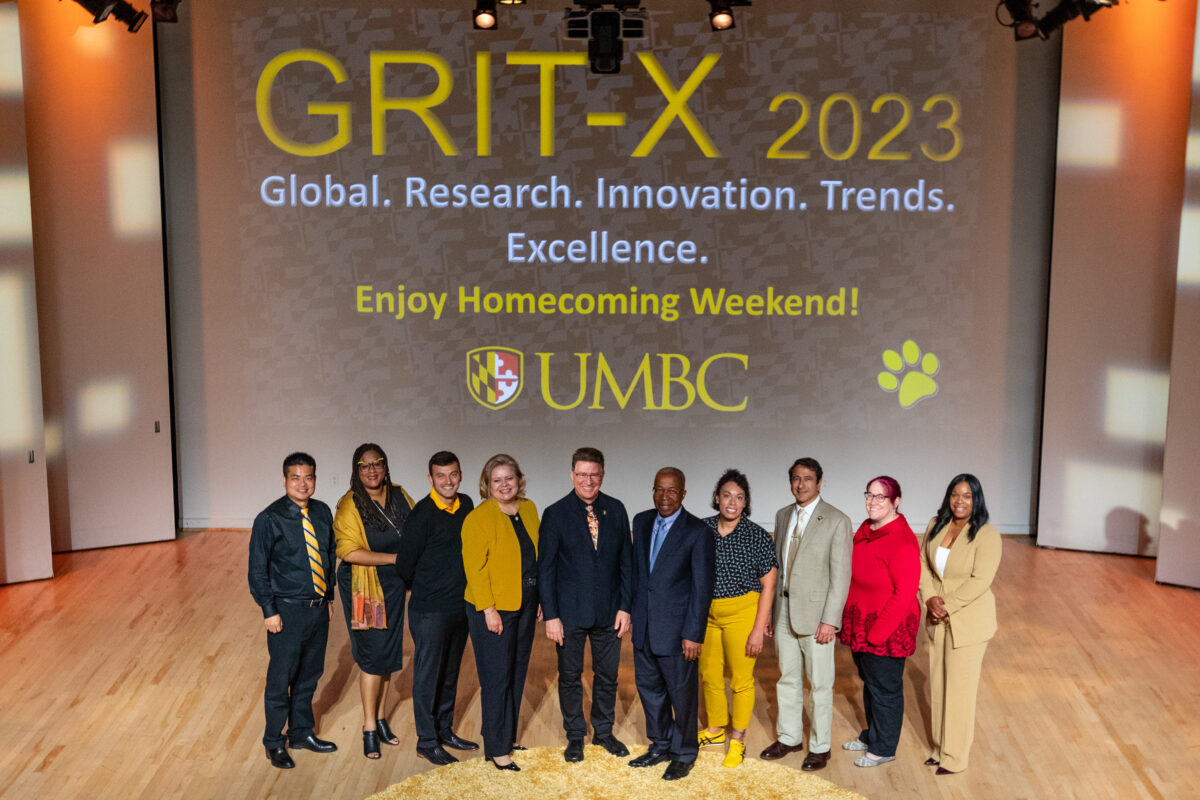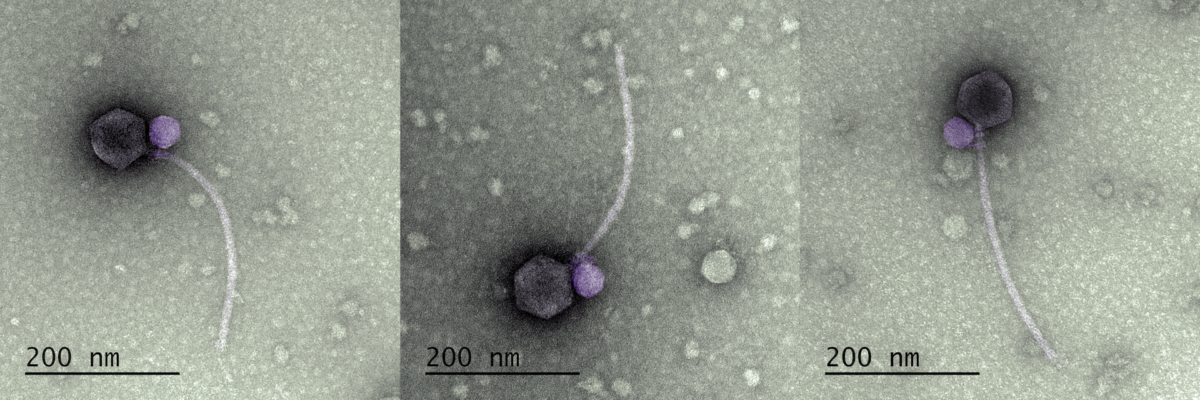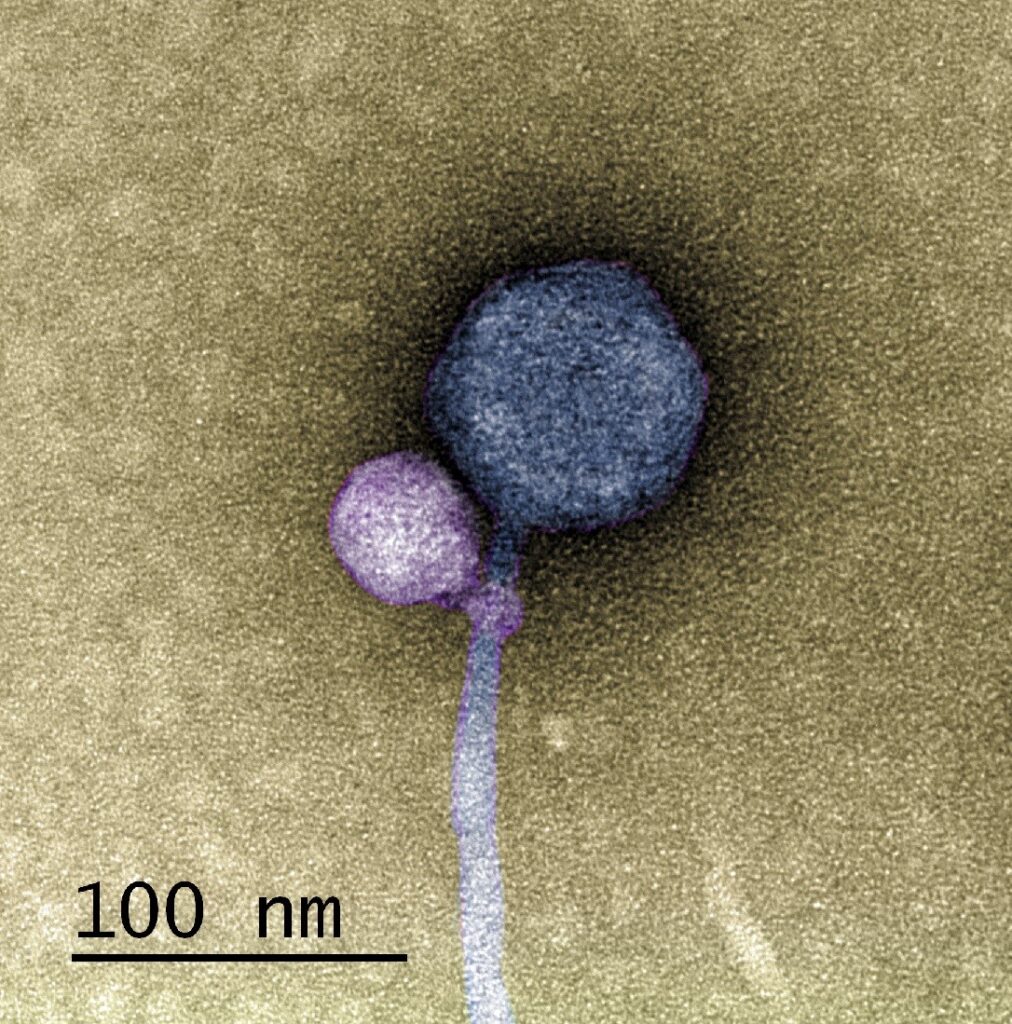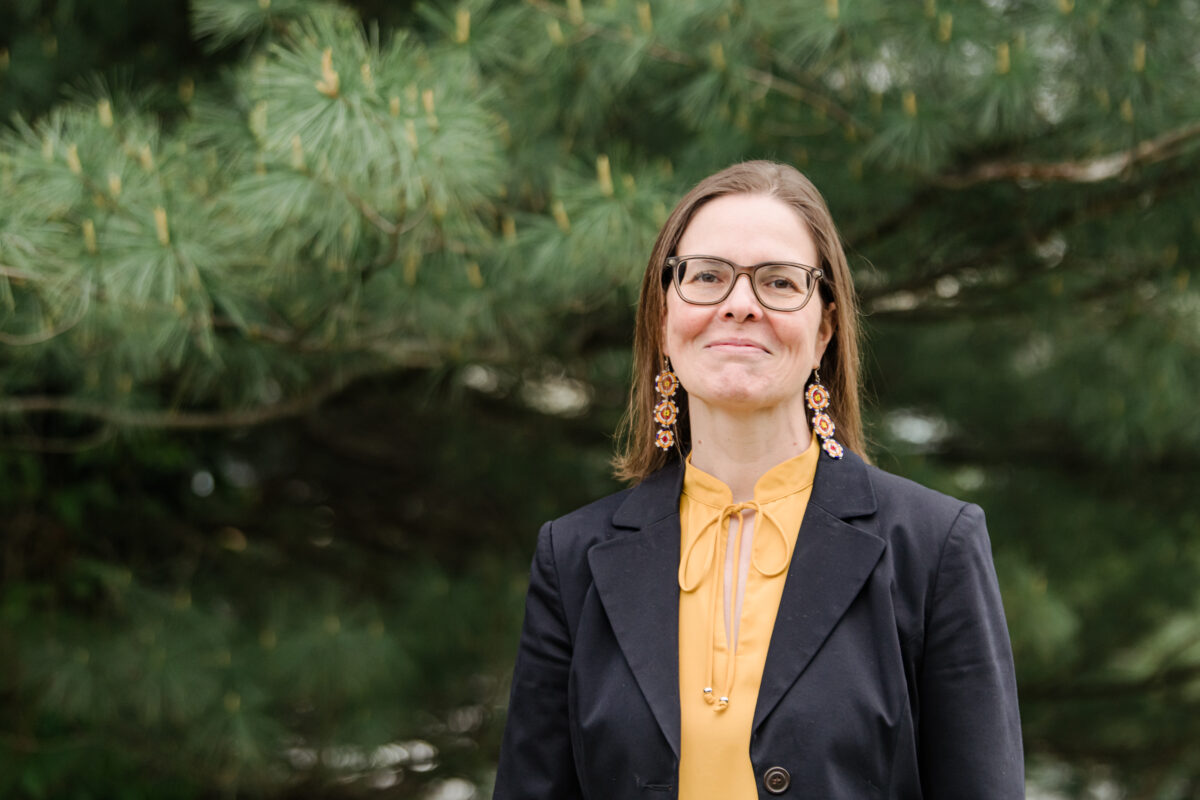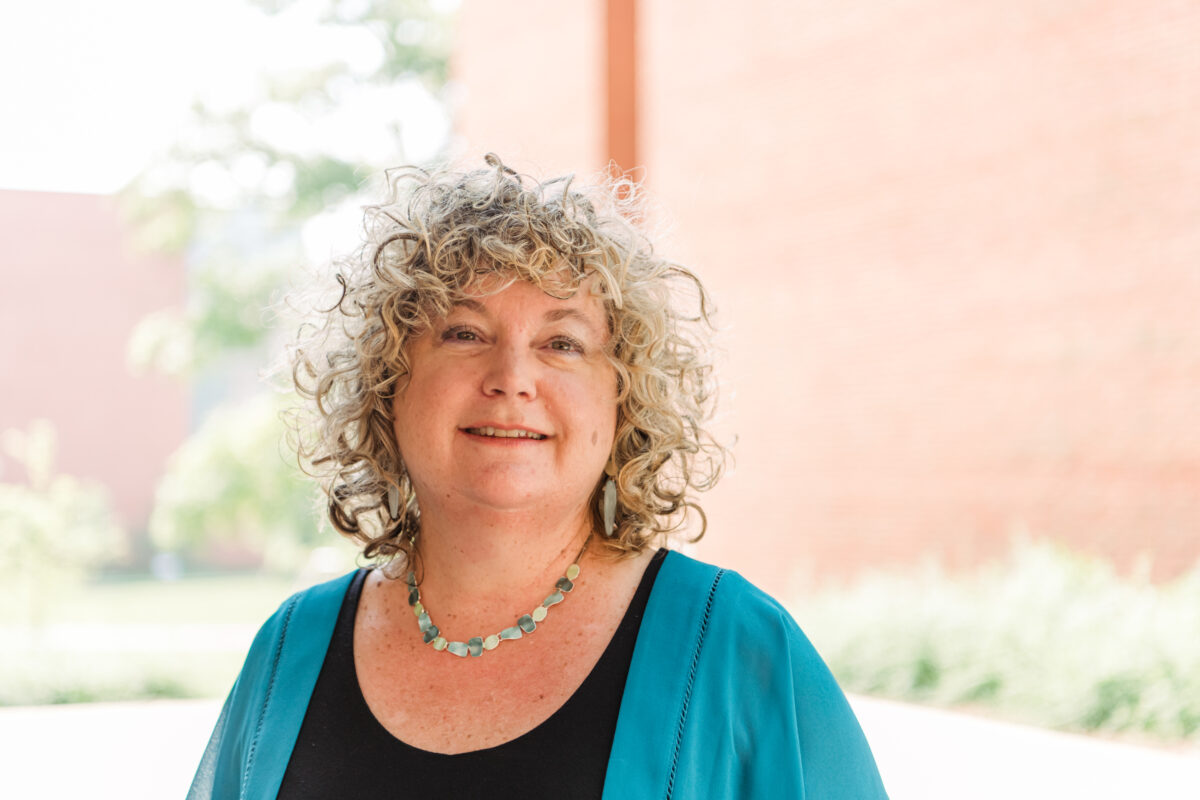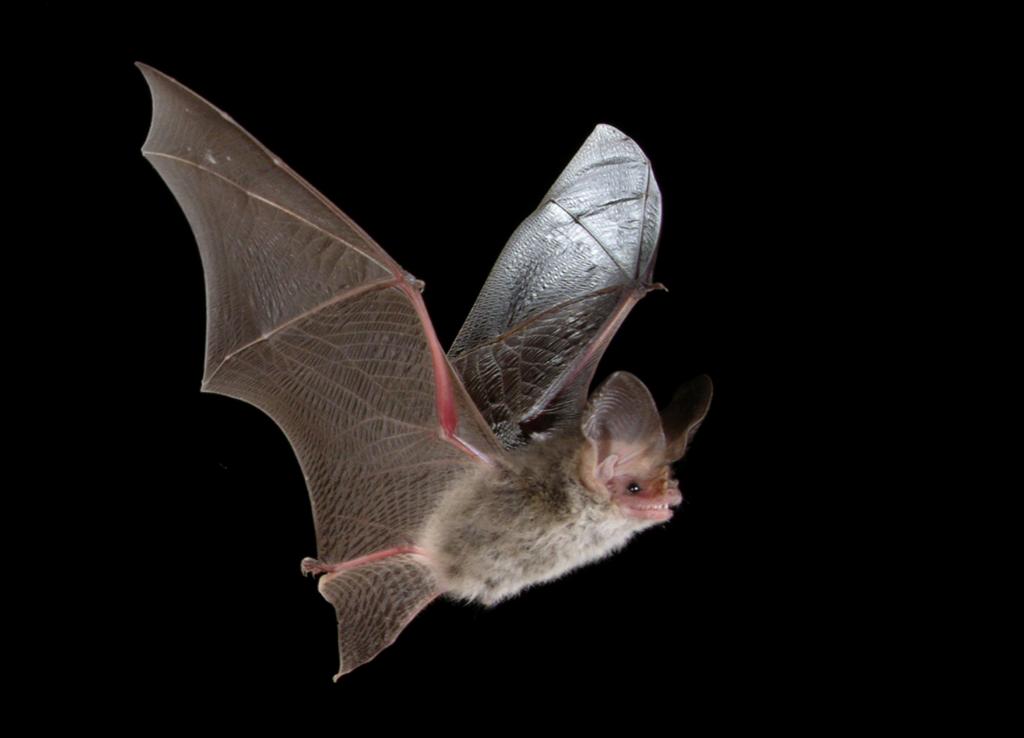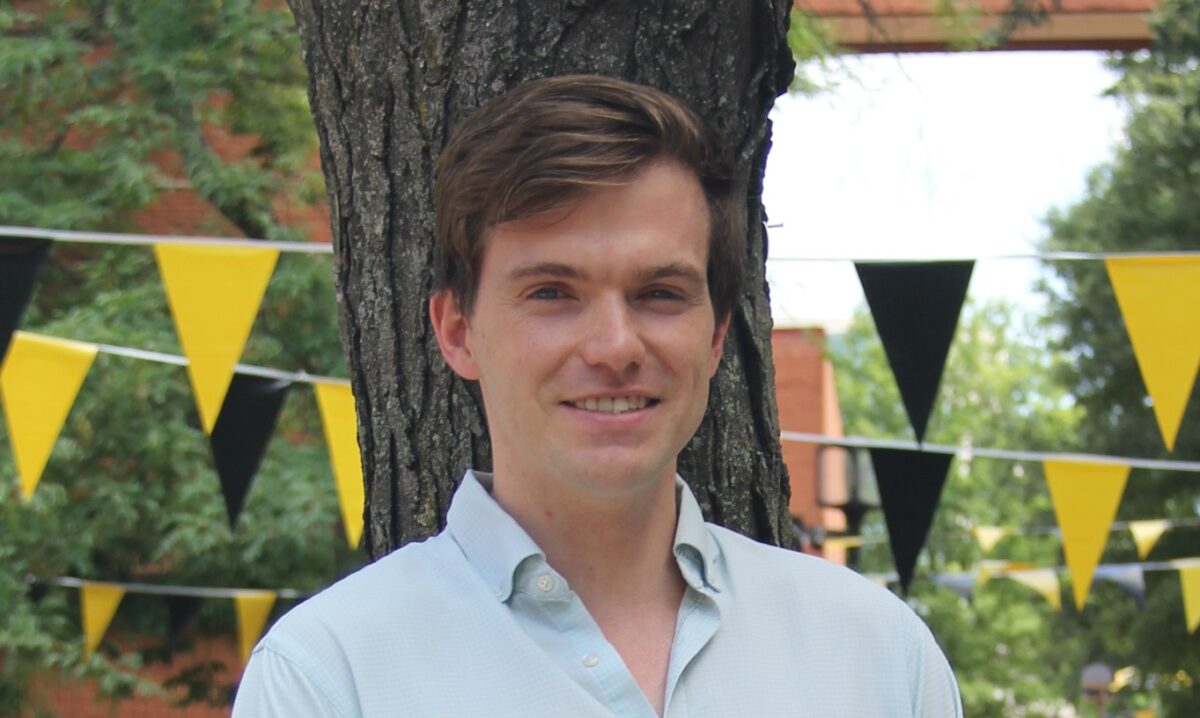Study finds strongest evidence yet for local sources of cosmic ray electrons
CALET, a telescope equipped to detect extremely high-energy cosmic rays, has detected electrons arriving near Earth with more energy than ever detected before. The results suggest the electrons came from a local, young source, such as the aftermath of a supernova, and bolster current understanding of cosmic ray production. Continue Reading Study finds strongest evidence yet for local sources of cosmic ray electrons


